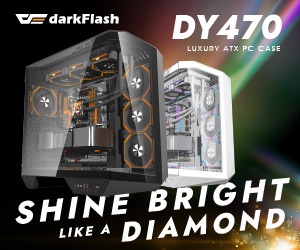If it’s your first time hearing about the Minix Elite ER939-AI, you’d most likely be intrigued. The idea of a compact AI workstation that could handle demanding tasks without taking up too much space sounded like a dream for anyone needing power but struggling with desk space.
Minix has created something special. Here’s a closer look at what makes the Elite ER939-AI such a standout in the world of mini PCs.
Design: Compact Yet Sleek
The first thing that strikes you about the Elite ER939-AI is its size. At just 205 x 192 x 70mm, it’s small enough to fit on any desk without taking up precious space.

Despite its compact size, it doesn’t feel cheap or flimsy. The aluminum chassis gives the system a premium, sturdy feel. It’s clear Minix has put a lot of thought into the materials used here—both for aesthetics and functionality.
What impressed me even more was how well the Elite ER939-AI manages heat. Many small systems tend to overheat quickly, but this one stays impressively cool thanks to its thoughtful cooling design, with two fans and well-placed vents.
Even after hours of use, the system maintained its cool, and noise levels were surprisingly low, which is a big plus for any workspace.
Performance: Ready for Anything
For a mini PC, the Elite ER939-AI punches well above its weight. Powered by the AMD Ryzen AI Max+ 395 processor and coupled with LPDDR5 RAM (up to 128GB), the system can handle everything from heavy multitasking to AI-driven applications without breaking a sweat.
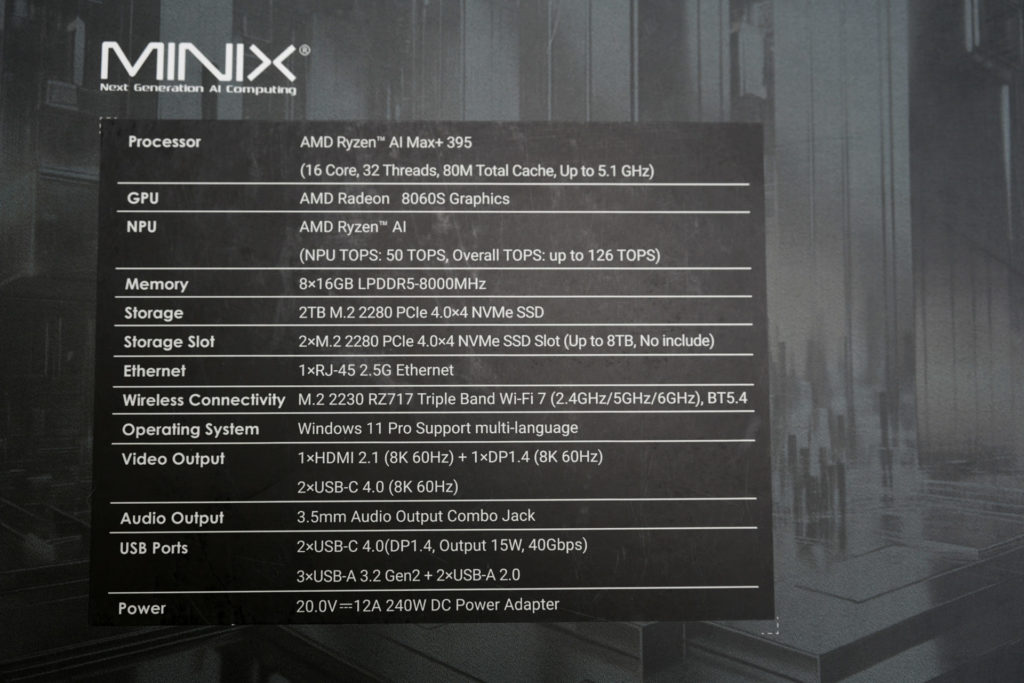
During testing, I threw a variety of workloads at it, from content creation tools to multiple browser tabs and media applications. No lags, no stutterings, and it handled resource-heavy tasks well too.
What’s even more impressive is the Radeon 8060S GPU, which provides solid performance for graphic-intensive applications. Whether you’re working with video content or running simulations, this machine doesn’t falter.
The 2TB SSD comes pre-installed, which not only provides ample storage but also ensures quick boot-up times and rapid file transfers. It’s clear Minix has designed this system to be a no-compromise solution for professionals who need power without the bulk.
Connectivity: Everything You Need and More
When it comes to connectivity, the Elite ER939-AI has it all. It comes equipped with USB 4.0, offering fast data transfer speeds, along with support for DisplayPort Alt Mode and 15W power delivery, which is great for external devices.
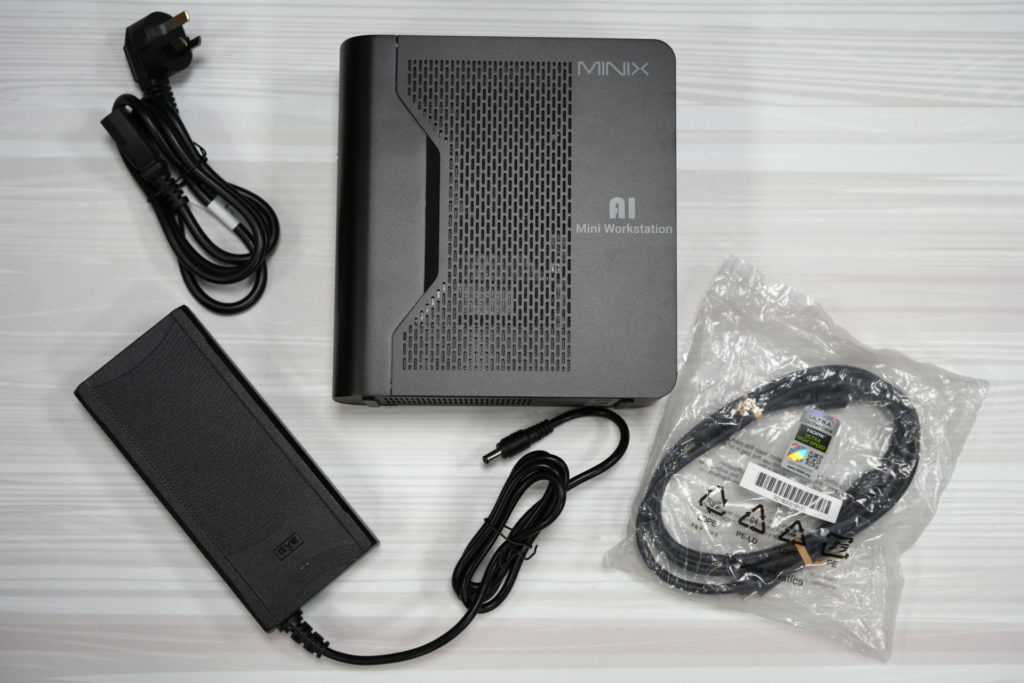

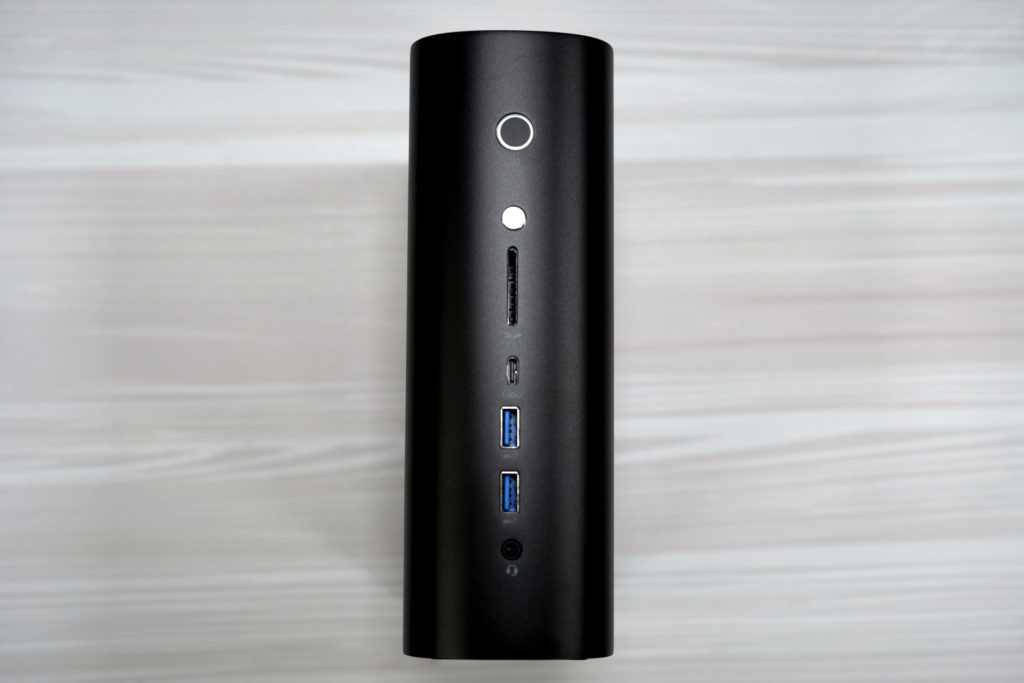
The front I/O panel includes USB 3.2 Gen 2 Type-A ports, an SD 4.0 card reader, and even a fingerprint sensor, which adds a layer of convenience and security.
For internet connectivity, Minix hasn’t skimped either. The Wi-Fi 7 and 2.5GbE Ethernet options ensure that no matter where you are, you’ll have a fast and stable connection, whether it’s for video calls, cloud-based tasks, or large file transfers.
The inclusion of HDMI 2.1 and DisplayPort 1.4 is also a huge plus, allowing you to easily connect to high-resolution displays, even supporting up to 8K outputs.
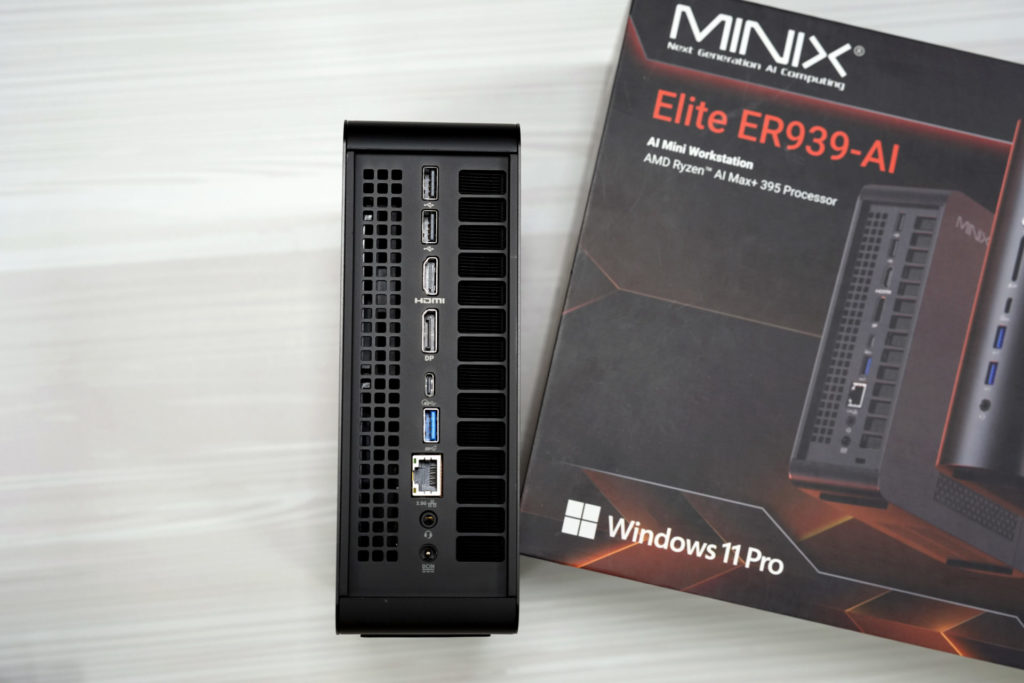
Thermal Performance: No Overheating Here
Let’s talk about the thermal performance because, in such a compact form factor, cooling is usually a challenge.
The Elite ER939-AI handles this very well, thanks to its two internal fans and efficient heat dissipation system. After running multiple tests, the system never showed signs of overheating or throttling, even when under load. The fans are responsive but not overly loud, and I appreciated how the Elite ER939-AI managed to stay quiet while working hard.
Minix Elite ER939-AI Performance Testing
The Elite ER939-AI offers three power modes—Performance (120W), Balanced (85W), and Silent (55W). Users can select their preferred mode in the UEFI BIOS, and the fan speed profile is set to Auto Optimization by default. The unit comes preloaded with Windows 11 Pro. For our evaluation, we set the Elite ER939-AI to Performance Mode and conducted a series of tests covering general performance and AI workloads. The consolidated results are summarized below.
| Geekbench | ||
| Multi-Core Performance | Multi-Core Score | 17296 |
| Integer Socre | 15655 | |
| Floating Point Socre | 20812 | |
| Single-Core Performance | Single-Core Score | 2943 |
| Integer Socre | 2838 | |
| Floating Point Socre | 3147 | |
| Cinebench 2024 | |
| CPU:Multi Core (pts) | 1148 |
| CPU:Single Core (pts) | 94 |
| AIDA64 | ||
| Cache & Memory Benchmark | Read (GB/s) | 120.82 |
| Write (GB/s) | 212.58 | |
| Copy (GB/s) | 157.42 | |
| Leatency (ns) | 138.5 | |
| CrossMark | |
| Overall Score | 2113 |
| Productivity | 1758 |
| Creativity | 2847 |
| Responsiveness | 1498 |
| PCMark 10 Extended | ||
| Score | 8960 | |
| Essentials | Score | 10317 |
| App Start-up score | 12554 | |
| Video Conferencing score | 9512 | |
| Web Browsing score | 9198 | |
| Productivity | Score | 10029 |
| Spreadsheets score | 13022 | |
| Writing score | 7724 | |
| Digital Content Creation | Score | 12749 |
| Photo Editing score | 22727 | |
| Rendering and Visualization score | 13487 | |
| Video Editing Score | 6761 | |
| Gaming | Score | 13205 |
| Graphics score | 19012 | |
| Physics score | 20274 | |
| Combined score | 6133 | |
| Procyon | ||
| Office Productivity | Score | 5906 |
| Word score | 6541 | |
| Excel score | 4820 | |
| Powerpoint score | 7843 | |
| Outlook score | 4103 | |
| Photo Editing Benchmark | Score | 8985 |
| Image Retouching score | 10392 | |
| Batch Processing score | 7769 | |
| Video Editing Benchmark | Score | 19215 |
| WebXPRT 4 | |
| Score | 383 |
| Photo Enhancement (ms) | 207 |
| Organize Album using AI (ms) | 881 |
| Stock Option Pricing (ms) | 61 |
| Encrypt Notes and OCR Scan (ms) | 556 |
| Sales Graphs (ms) | 165 |
| Online Homework (ms) | 1213 |
| Geekbench AI Pro | ||
| ONNX:CPU | Single Precision Score | 6609 |
| High Precision Score | 2385 | |
| Quantized Score | 11389 | |
| ONNX:DirectML、Radeon 8060S | Single Precision Score | 24010 |
| High Precision Score | 33923 | |
| Quantized Score | 18989 | |
| OpenVINO:CPU | Single Precision Score | 6752 |
| High Precision Score | 6721 | |
| Quantized Score | 18429 | |
| Procyon | ||
| AI Computer Vision Benchmark:AMD Ryzen AI | NPU | 1784 |
| AI Image Generation Benchmark:ONNX Runtime – AMD Optimized | Stable Diffusion 1.5 (FP16) | 584 |
| Stable Diffusion XL (FP16) | 377 | |
| AI Text Generation Benchmark:ONNX Runtime | Phi 3.5 | 840 |
| Mistral 7B | 663 | |
| Llma 3.1 | 489 | |
| Llma 2 | 554 | |
Minor Downsides
While the Elite ER939-AI offers incredible performance, there are a couple of small downsides worth mentioning.
For one, the Wi-Fi 7 module doesn’t support the full 320MHz bandwidth, which means you won’t be getting the absolute maximum speeds available on Wi-Fi 7 networks. It’s a small detail, but one to keep in mind if you’re planning to do a lot of bandwidth-intensive work over Wi-Fi.
Another minor issue is the external 240W power adapter. While it’s necessary for the system’s power needs, it does add a bit of bulk to the overall setup. However, considering the power the Elite ER939-AI delivers, it’s a trade-off I’m willing to make.
Verdict: Is the Minix Elite ER939-AI Worth It?
The short answer? Yes. Performance is excellent, the design is sleek and functional, and the connectivity options are more than sufficient for a modern workspace.
The system is powerful enough to handle demanding AI applications, content creation, and multi-tasking with ease, all while maintaining a compact footprint.
The only small downsides—Wi-Fi 7 bandwidth limitations and the bulkier power adapter—are easily overlooked when you consider the overall value and performance this machine provides.
If you’re in the market for a compact workstation that doesn’t compromise on power or features, the Minix Elite ER939-AI is definitely worth considering.
It’s a perfect solution for professionals looking for a reliable, efficient, and sleek system that can handle both everyday tasks and more demanding workloads.



